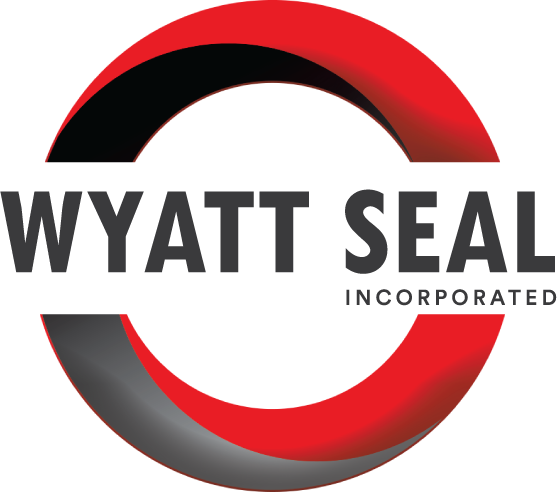![What Are O-rings Made Of? 5 Common Materials for Industrial O-rings [Blog]](https://www.wyattseal.com/hs-fs/hubfs/Images/Blog%20Photos/What%20Are%20O-rings%20Made%20Of%3F%205%20Common%20Materials%20for%20Industrial%20O-rings%20%5BBlog%5D.jpg?width=723&height=387&name=What%20Are%20O-rings%20Made%20Of%3F%205%20Common%20Materials%20for%20Industrial%20O-rings%20%5BBlog%5D.jpg)
O-rings fill vital roles in automotive, aerospace, life sciences, medical, petrochemical and many other applications. They are tailored to match specific sizes, colors, shapes, and materials to ensure durable and reliable functionality, preventing product failure. Wyatt Seal, an industry expert in industrial O-rings, collaborates with engineers nationwide to identify O-rings that perfectly meet their unique specifications. This collaboration involves working with a range of O-ring materials to deliver superior components efficiently.
Industrial O-Ring Materials: What Are O-Rings Made Of?
Industrial O-rings function as seals between mechanized parts that carry pressurized gases or liquids, performing optimally under defined use conditions while inhibiting leaks. Using inappropriate materials can render the seal brittle or prone to leaks under certain chemical, temperature, friction, or pressure conditions. Hence, it's crucial to understand how different O-ring materials will perform in the intended application. Five commonly used materials in industrial O-rings include:
- Nitrile: Nitrile, also known as NBR or Buna-N, is a type of rubber that is affordable and can withstand water, oils, lubricants, some fuels, and a wide range of temperatures. Nitrile O-rings are commonly used in many industries, and are highly effective in electronics, manufacturing, and food processing applications.
- PTFE: Polytetrafluoroethylene, or PTFE O-rings, are ubiquitous in axial static faces and flange applications due to their resistance to chemical exposure and excellent performance under high temperatures (up to 500°F). These O-rings exhibit high resilience to most gases and fluids, even when exposed to extremely high temperatures.
- EPDM: Ethylene propylene diene monomer, or EPDM O-rings, are commonly selected for applications involving brake fluids, oxygenated solvents, and alkali solvents in hydraulic environments. Despite their heat resistance trailing slightly behind PTFE, they are not recommended for use with grease, oils, petroleum, gas, or hydrocarbons.
- Silicone: Silicone O-rings excel in electronics, manufacturing, and pharmaceutical applications due to their durability under dry heat. While they are not suitable for use with brake fluids or other acidic fluids, they handle a wide temperature range and possess an impressive compression set.
- Viton™: Viton™ O-rings, comprised of synthetic rubber and fluoropolymer elastomer compounds, perform well under harsh conditions. These are often seen in chemical processing, food and beverage, and automotive applications that necessitate extreme temperature resilience (from -58°F to +446°F). They offer superior resistance to permeation, compression, grease, oil, fuel, oxygen, acid, and numerous solvents.
Why Wyatt Seal?
Wyatt Seal can quickly source an impressive selection of O-rings in all shapes, sizes, colors, and chemical compositions, so you get the exact O-rings you need for any project, any time. If we can't find the O-ring you need on the market today, we will create it for you. Get the right seal the first time with Wyatt Seal.
If you need help navigating this process to find the right seal for your project, talk to a seal expert at Wyatt Seal. We’ve spent 50 years building relationships with seal manufacturers worldwide to offer you access to thousands of seals, gaskets, O-rings, and other specialty items for any application.

